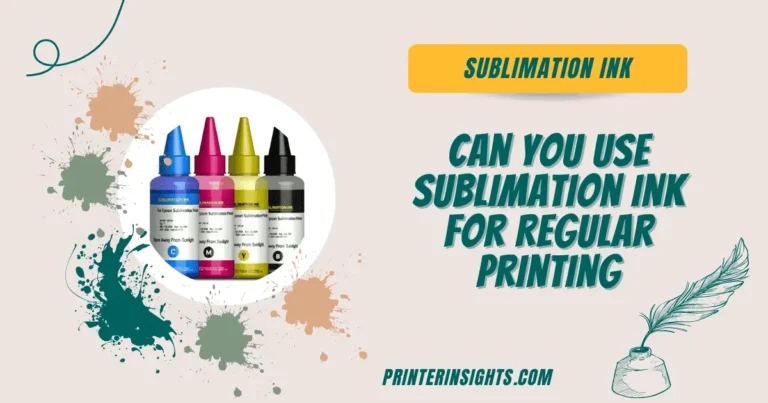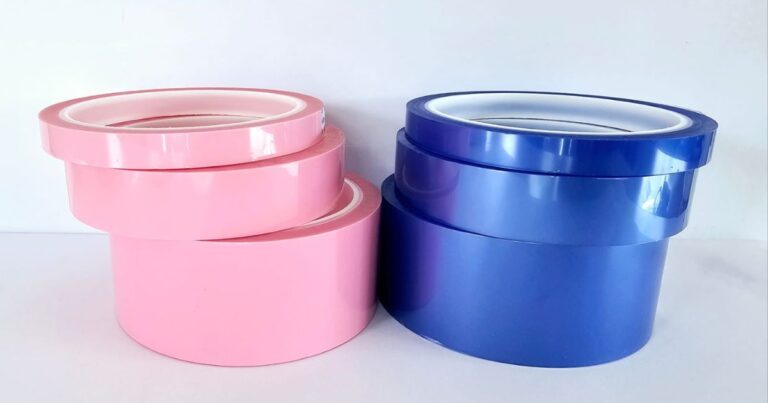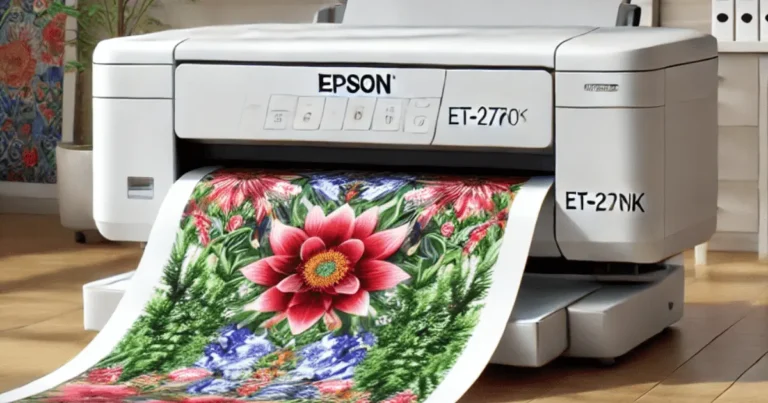Sublimation On Glass
Want to know how to do sublimation on glass? Everything that you need to know is included in this article.
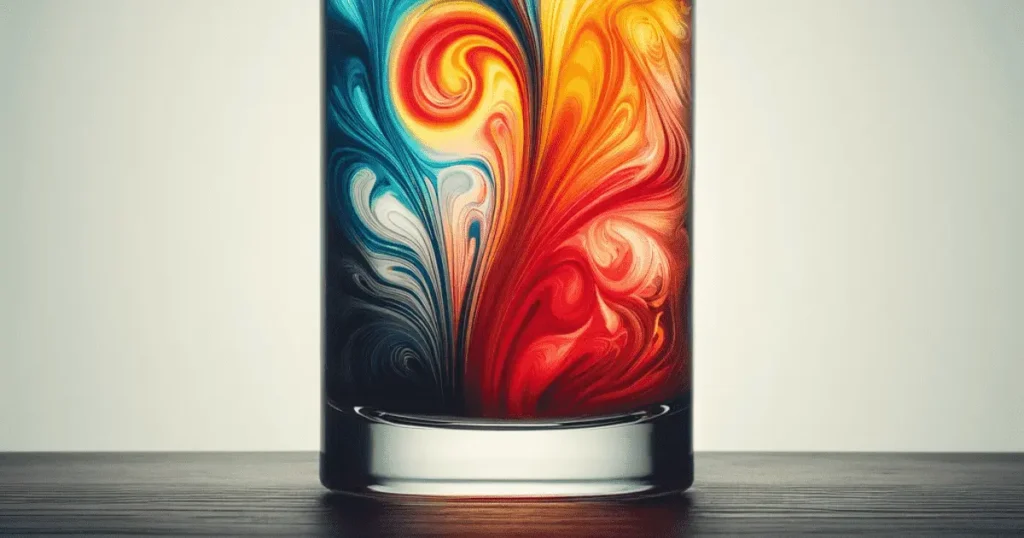
Most of the time these days, people ask, “Can you do sublimation on glass?” “Yes” is the easy answer to this question.
Using sublimation is a great way to make unique and customized things. But if you decide to sublimate on glass, there are some things you should remember. Let’s start by discussing what you must do to sublimate on glass.
Any glass won’t do. You need to either find a blank that is made for sublimation or make one yourself. Or, you need to use a spray to give the glass a transfer finish.
Make sure the blank you use is the right size and shape for the thing you want to make. To get a clear picture, make sure the surface is smooth as well. If you use a spray, make sure you carefully follow the directions. The picture shouldn’t be fuzzy or smudged.
Value is the next thing to remember. The picture must be good. The picture must be of good quality for the end product to look good.
Also, keep in mind that glass isn’t totally clear, so pictures with lots of white or light colors might not show up as well as pictures with more dark colors.
So, in this guide, we’ll talk about several ways to sublimate on glass, mugs, tumblers, and frames.
Related Posts: How to Sublimate on Leather
[adinserter block=”1″]
Key Takeaways:
- Sublimation on glass is possible using specialized blanks or coatings, ensuring the glass is prepared correctly for the process.
- Essential items include a sublimation printer, inks, paper, heat press, lint roller, heat-resistant tape, gloves, and butcher paper.
- Ensure high-quality images for clear, vibrant results. Darker colors work better on glass due to its semi-transparebnt nature.
- Measure and prepare the glass, design and print the image, wrap the glass with printed paper, and use a heat press to transfer the image.
- Sublimation on glass can be used for personal or business purposes, including custom frames, mugs, and other glassware, making unique gifts and decorations.
[adinserter block=”1″]
How to Do Sublimation On Glass Cups:
Read the steps below to learn which materials and equipment are required for sublimation on glass cups. Find the essential tools, from sublimation paper and ink to a heat press and coated glass cups, and follow the detailed process to achieve vibrant, durable designs.
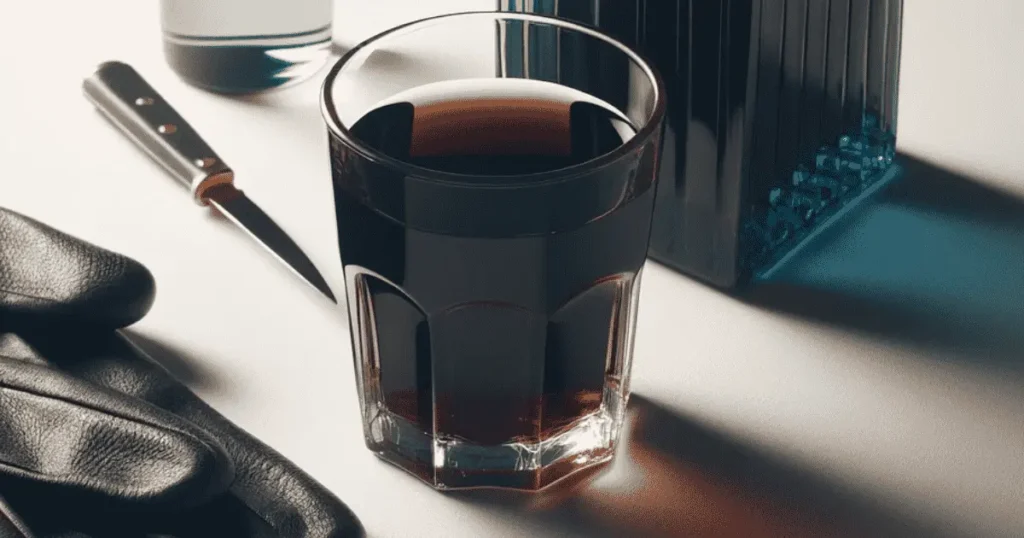
Materials Required To Sublimate Glass:
1) A sublimation printer:
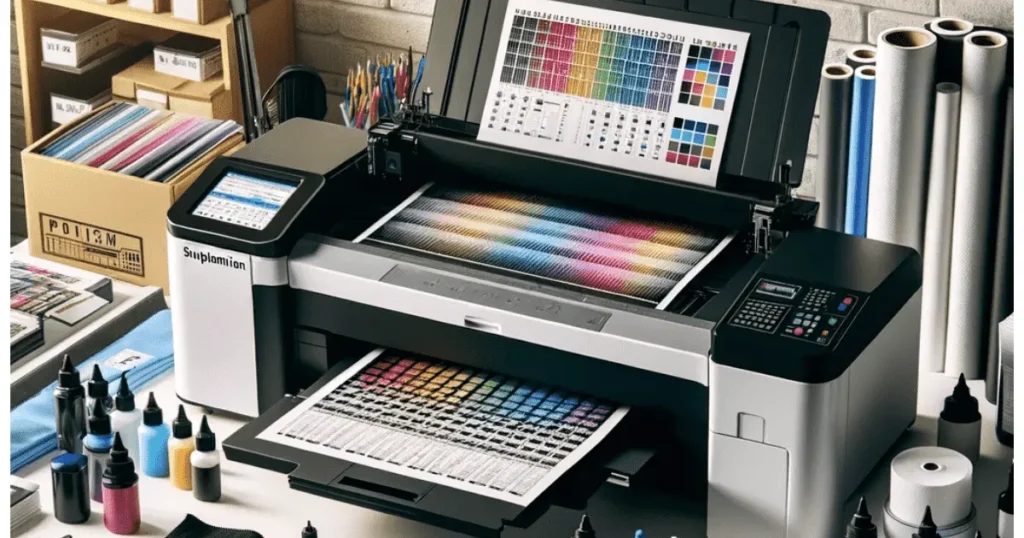
For sublimation printing to work, you need a sublimation machine. Without a sublimation printer, you can’t use sublimation ink to put on things. This kind of ink can’t be used in a regular inkjet printer, not even by you.
2) Sublimation Inks:
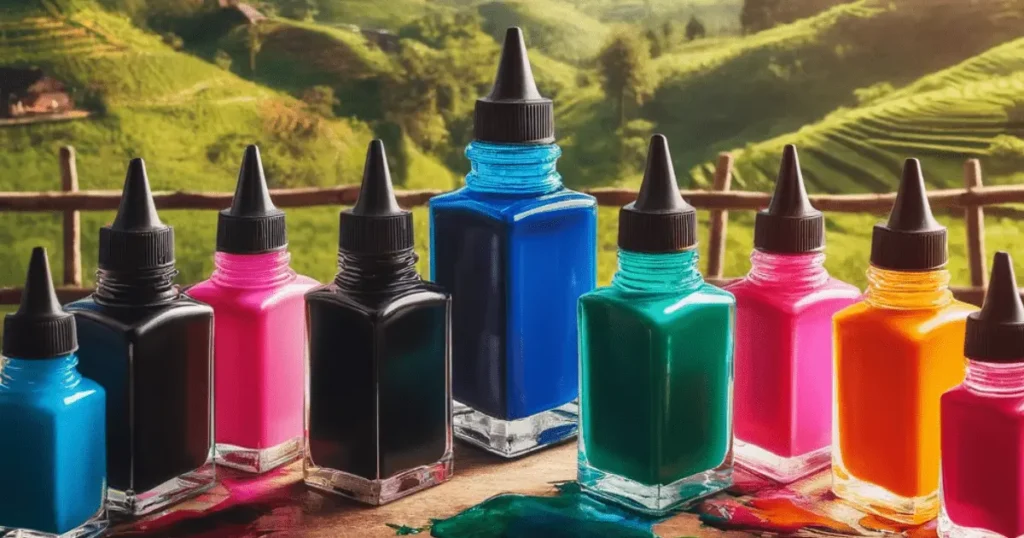
This is a special kind of dye-based ink that soaks into the surfaces. This kind of ink can be used to print on glass, wood, ceramics, paper, and other things. Sublimation ink doesn’t sit on top and form a layer.
Instead, the substrates with a poly-coated surface soak up the ink. Epson sublimation printers are the ones that use Hiipoo sublimation ink the most. With Epson sublimation ink, you can also do this.
3) Sublimation Papers:
A sublimation paper is a distinct variety of transfer paper that is coated with a polymer to facilitate the sublimation process. A-sub paper is a well-known type of sublimation paper that can be used to print on glass and other materials as well.
There is sublimation paper that is small enough for small bases that you can buy.
4) A Heat Press Machine:
For the sublimation process, you need a heat press machine. Glass mugs, tumblers, bottles, and jars, on the other hand, can’t be heated in a flat surface press. A tumbler press machine is what you need for food and drink bases.
You can use the same kind of flat surface heat press that people use to put on t-shirts glass frame cutting boards and other flat glass surfaces.
5) Lint Roller:
When substrates come, they may have dust on them. A lint brush helps you clean the substrate’s surface or side that you’re going to sublimate.
If there is even one dust particle left on the substrate after printing, it will leave a small white spot on the substrate.
6) Sublimation Glass Blanks:
If you are using glass frames, make sure that the back of the blanks has a poly-coating. You copy the print and do sublimation on the back of the glass frame for glass sublimation.
The prints are shown on the front of the glass frame. It’s important to make sure that the glass tumbler you use has a special covering because you can’t use any kind of glass tumbler.
If you use frosted glass for sublimation, however, it will have a frosted polymer layer that will stick to the ink.
7) Butcher Paper:
This is used to protect the heat press mat or to put between the mug heat press and the sublimation paper-wrapped glass. It keeps the heat press and the tumbler’s surface from getting too hot.
8) Heat-resistant Tape:
This is used to securely wrap the printed sublimation paper.
9) Heat-Resistant Gloves:
To extract the heated sublimated frame or receptacle from the convection oven or heat press.
Related Post: Can You Sublimate on Silicone?
[adinserter block=”1″]
How to Sublimate on Glass: A Step-Up Guide
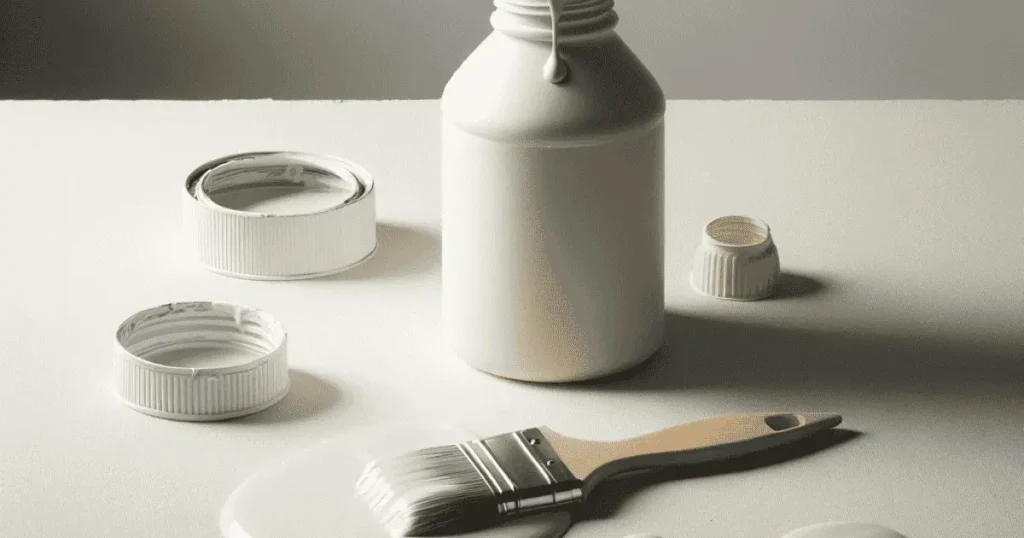
Step 1) Start by Measuring the Glass:
Find out what size you need to print the image on by measuring the tumbler’s height and base. If the frame is made of glass, measure the surface. You can sublimate with clear glass, but the colors won’t be as bright.

Step 2) Design Preparation:
Now get the sublimation printer ready. You can either make the picture you want to print or upload it from your computer. You can get ready with Photoshop or any other program. You can change the size and shape of the images to fit the pattern of the picture.
Step 3) Print the Design:
You need to connect the printer to your computer, choose the sublimation printer, go to the files, and then print the picture. If you’re printing the text, make sure the picture is backward and facing the right way.
Also, turn on the print sample feature to make sure everything is okay. You can print the image by pressing the print button.
Step 4) Get the Glass Press Ready:
Warm up the glass press at 350F for 30 to 60 seconds while you get the glass ready.
Step 5) Wrap the Glass:
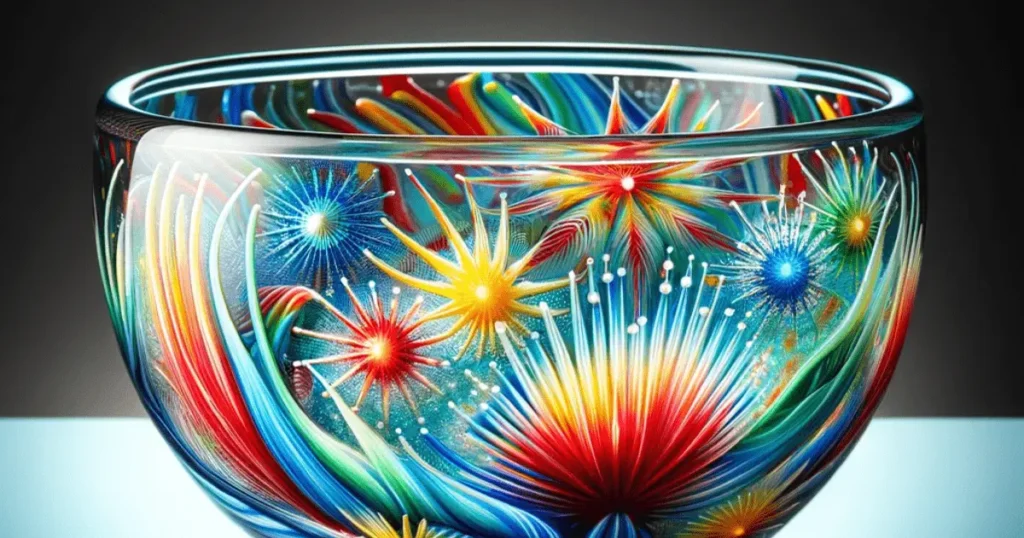
To make the glass, cut the printed sublimation paper into pieces. Tape the pieces down so that the printed side faces the glass, and then wrap them in butcher paper.
The blanks can now be put into the tumbler press. Put on gloves that can handle the heat and set the tumbler press to 350F for 140 seconds. Also, remember to change the pressure on the pipes.
Step 6) Take the Glass Off:
When the sublimation is done, the tumblers will be very hot. To keep your hands from getting burned, wear gloves that can handle heat.
Let them cool down for five minutes. Take off the sublimation, and look at these beautiful effects!
Related Post: Can You Sublimate On Burlap?
[adinserter block=”1″]
Bottom Line: Sublimation On Glass
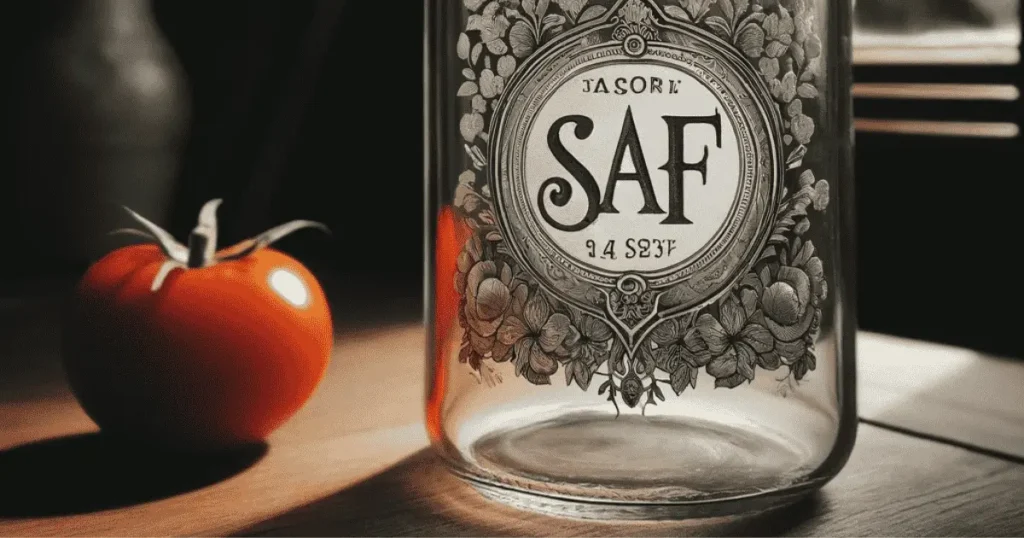
These days, a lot of people want to sublimate glass, whether it’s for their use or to start a business. That’s a big yes to the question “Can you sublimate on glass?” Feel free to put these beautiful decorations anywhere, from your home to your office, and enjoy their beauty.
You now know how to sublimate on different kinds of glass. It shouldn’t be hard for you to start selling glass frames, mugs, tumblers, jars, and other drinkware that you can print on.
You can also give personalized things as gifts to family and friends. Put up some fancy frames around your house and drink your water from a stunning mug.
[adinserter block=”1″]
FAQ
Last Updated on June 10, 2024 by Muhammad Haseeb




